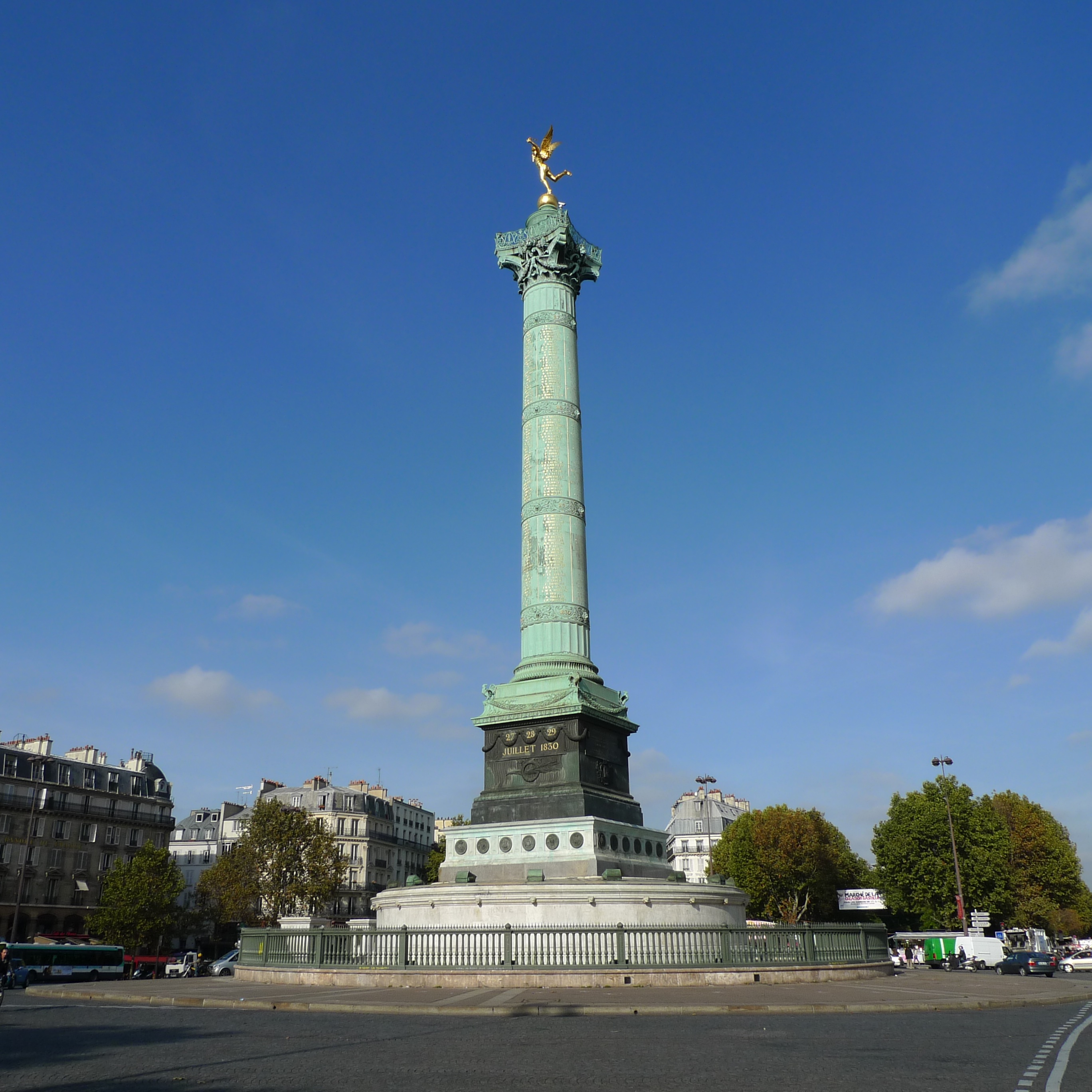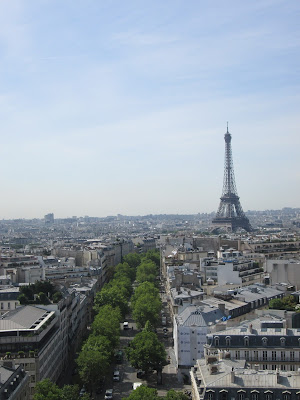Being in Paris you can't help but think about the French Revolution or Victor Hugo's novel Les Miserables.
One of the first places I went was Victor Hugo's apartment.
History 101: Victor Hugo (born February 26, 1802 and died May 22, 1885) was a French poet, novelist, and dramatist. Mostly famous for his two novels The Hunchback of Notre Dame and Les Miserables, he was also also a bit of a politician and spoke out against Napoleon Bonaparte, which later caused him to be exiled.
They've turned it into a museum, keeping the rooms as Victor Hugo would have during his time. It contained letters written by and to Victor Hugo and various paintings about his novels, specifically Les Miserables and The Hunchback of Notre Dame.
 |
| Apparently, this was his favourite room |
 |
| What a lovely bedroom |
I was thankful for all the French studying I've been doing because the entire museum was entirely in French! It was painfully slow, but I was able to understand everything! Yay!
 |
| I got to see the original drawing! |
I also went to the Conciergerie, which was originally a palace during the 10th and the 14th century, but was later turned into a prison in 139l. It was also very important during the Reign of Terror beginning in 1793.
History 101: The Reign of Terror was a period of violence that occurred after the French Revolution, incited by conflict between rival two political factions and marked by mass executions of "enemies of the revolution". The death toll consisted of 16,594 executed by guillotine and another 25,000 in summary executions across France.
It was incredible to think I was walking through some of Paris' most darkest history. This place was the final place for over 2,700 people to live before they were sent to the guillotine. In the actual prison rooms were very small and I couldn't believe that people were forced to live in there with a hundred other prisoners.
Two of the most famous prisoners there were Marie Antonette (the "let them eat bread" queen) and Maximilien de Robespierre, a French politician that was very influential in the French Revolution
Both were guillotined at the Place de la Révolution which is now called Place de la Concord.
 |
| Another obelisk! |
There's an obelisk in the place where the guillotine would have been.
I later visited Napoleon's Mausoleum which was absurdly large. He played an important role in the final stages of the French Revolution.
I think he maybe compensating for something.
After walking down the Champs Elysees (when it's not dark and sketchy) I found out that the Arc de Triomphe was constructed in 1806 in honour of those who fought and died for France in the French Revolutionary and the Napoleonic Wars.
284 stairs later, I reached the top. It was so cool to see Paris from above instead of staring up at the buildings that hide the sun.
Better than dealing with modern Paris...








No comments:
Post a Comment